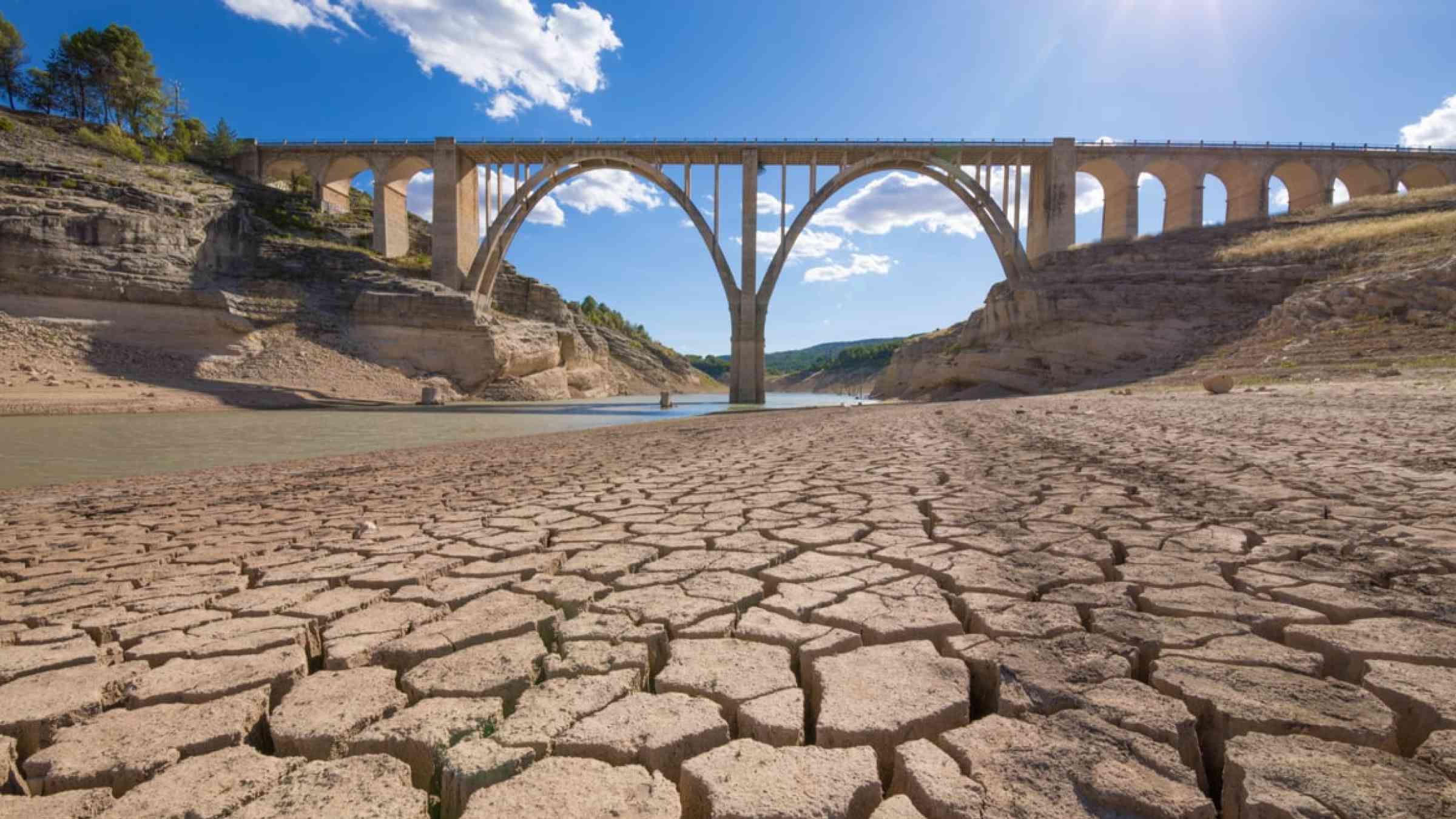International Day for Disaster Risk Reduction: Resilience in action in Terres de l’Ebre

October 13th marks the International Day for Disaster Risk Reduction (IDDRR), a day that reminds us of the importance of mitigating the effects of disasters and building more resilient communities and cities.
In a global context shaped by climate change, rapid urbanization, and increasing population vulnerabilities, this day highlights the urgent need to adopt preventive measures.
The commitment of the City Resilience Global Programme
UN-Habitat’s City Resilience Global Programme (CRGP) has been at the forefront of risk reduction at both urban and territorial levels. Its methodology, tested in various cities such as Asunción, Barcelona, Dakar, Maputo, Medellín, PortVila, Teresina and Yakutsk, has proven to be an effective tool in addressing urban vulnerabilities to disasters. This comprehensive approach has enabled the program to work with local governments and key stakeholders to strengthen resilience capacities in diverse urban settings. Now, for the first time, this experience is being applied to an entire territory/region, beyond the traditional urban framework.
Terres de l’Ebre: First territorial application of CRGP’s methodology
The project carried out by UN-Habitat’s CRGP in Terres de l’Ebre, in collaboration with the regional government of Catalonia – Generalitat de Catalunya (Spain), stands as a clear example of how territorial resilience can and should be a priority.
The region of Terres de l’Ebre, located in southern Catalonia, covers 330,845 hectares of geographical and ecological diversity. It is vulnerable to climate change and faces significant challenges such as water management and depopulation. Since September 2022, the project has been addressing the region’s deeply rooted systemic issues, aiming to strengthen its capacity to respond to disasters. The methodology employed, developed by UN-Habitat’s CRGP, involves public institutions, civil society, and the private sector, reinforcing multi-level governance to manage risks effectively.
Challenges and solutions in Terres de l’Ebre
The project follows a comprehensive approach that includes data collection, vulnerability assessments, and the formulation of recommendations for actions to enhance resilience. Several weaknesses have been identified, such as a low local public investment capacity and insufficient infrastructure for economic development, which increase the region’s exposure to disasters like floods and wildfires. This work not only seeks to reduce immediate risks but also to promote sustainable long-term development.
To tackle these challenges, the project has formulated a series of recommendations under the name “Recommended Actions for Resilience and Sustainability” (RARS). These recommendations, aligned with the Sustainable Development Goals (SDGs) and the New Urban Agenda (NUA), are grouped into three key areas: Social Equity, Economic Prosperity, and Territorial Balance. The initiatives include improving public investment, diversifying the economy, and protecting local ecosystems
A joint effort for a resilient future
The International Day for Disaster Risk Reduction invites us to reflect on the importance of taking action today to build a safer and resilient tomorrow. Projects like Terres de l’Ebre show that resilience is not an abstract concept but a practical necessity that can make a difference in the lives of thousands of people. Through strategic planning, cross-sector collaboration, and investment in sustainability, we can mitigate the effects of disasters and ensure that our communities are stronger and better prepared to face future challenges.
The work in Terres de l’Ebre is just one example of how a region can transform through a comprehensive resilience approach. The Urban Resilience Hub by UN-Habitat’s CRGP remains committed to these goals, aligning its actions with global UN principles to ensure a more resilient and sustainable future.
In line with these efforts, additional resources on housing reconstruction after disasters and land management in disaster contexts provide valuable guidance for strengthening resilience at multiple levels. Explore UN-Habitat’s insights on Safer Housing Reconstruction after Disasters and Land and Natural Disasters for further knowledge on integrating resilience into housing and land practices.
